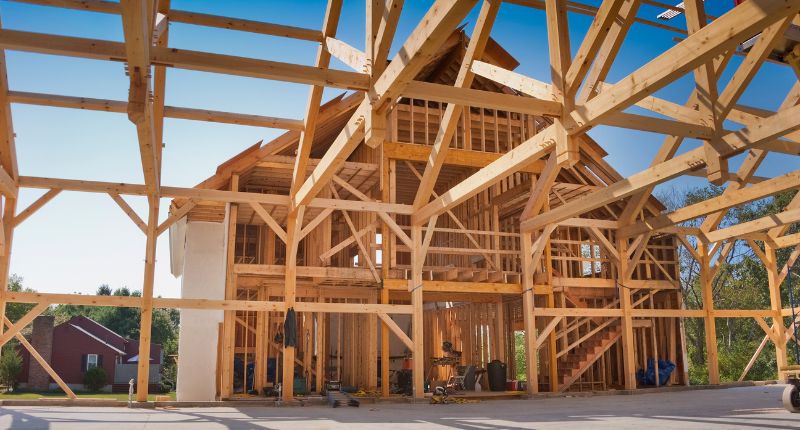
- Home building prices recorded a quarterly growth rate of 0.5%.
- Nationally, this is the fourth consecutive slowdown of home construction costs.
- QLD had the highest quarterly cost uptick of all the states.
The oft-reported soaring building costs in Australia could be coming to a close, as CoreLogic‘s latest Cordell Construction Cost Index (CCCI), which records the costs involved in building a new home, has recorded one of the lowest quarterly cost rises in years.
Released today, the index returned a quarterly growth rate of 0.5% for the September quarter. The latest rise is a mere half of the pre-Covid decade average of 1.0% per quarter. It is also the lowest rise in construction costs since the three months to June 2019.
The fourth consecutive slowdown of costs
CoreLogic head of research, Eliza Owen, said that while the cost of building a home remains high, the level of increases has normalised.
“This is the fourth consecutive slowdown in the quarterly pace of growth for residential construction costs,” said Owen.
She added that the slowdown in new dwelling approvals points to mixed news for the construction industry next year.
“On the one hand, this will free up capacity for material and labour resources, but it will also mean greater competition for new jobs.”
Inflationary pressures may be easing in the building sector
Owen noted that the construction cost rise slowdown is broadly commensurate with the ‘new dwellings’ cost sub-component of the Australian Bureau of Statistics (ABS) consumer price index (CPI) figures.
“This ABS CPI sub-index saw a peak in the March 2022 quarter at 5.7%, and has since slowed to just 1.0% through the June quarter of 2023.
“The cost of new owner occupier dwelling purchases comprises the largest weighting in the CPI ‘basket’, so the continual easing in the CCCI may also be a forward indicator of inflationary pressures easing within the building sector,” she said.
Quarterly change in construction costs v CPI, National

Material costs stabilise, but labour costs rise
CoreLogic construction cost estimation manager, John Bennett, said construction cost pressures are less of a material issue, but now, one of labour.
“While material costs appear to have stabilised in general, labour costs have had a number of new pressures applied,” said Bennett.
“Award rates have increased more than 5% across the construction industry, coming in higher than previous years.
“The superannuation guarantee rate also increased to 11%, up from 10.5% from July 1st 2023.”
Negative cash flow was evident in analysis from the RBA, as cited by CoreLogic, with a notable surge in the proportion of large residential builders encountering it, reaching approximately 30% during the March quarter of this year.
Queensland records highest quarterly increase
In a state-by-state breakdown, Queensland saw construction costs leap the most. The Sunshine State saw building costs rise 0.8% over the quarter, which is 10 basis points up on Q2 2023. On an annual basis, costs rose 4.8%.
Additionally, the CCCI showed Queensland had the greatest cumulative increase of the states in residential construction costs since the onset of the pandemic, at 28.4%.
Dwelling values have also risen in Queensland by 3.2%, at least in part driven by strong internal migration during Covid.
On the flip side, Western Australia recorded the lowest quarterly growth rate of all the states, at 0.2%.
WA recorded a construction cost rise of 0.2% this quarter, the lowest growth rate of all the states. The quarterly pace of change is down from a recent high of 4.3% in the September quarter of 2021 and is running below the pre-Covid decade average rate of 1.0%.
Construction cost growth by state
| State | Quarterly growth | Annual growth |
|---|---|---|
| NSW | 0.6% | 3.9% |
| Victoria | 0.3% | 3.7% |
| Queensland | 0.8% | 4.8% |
| Western Australia | 0.2% | 3.6% |
| South Australia | 0.6% | 4.1% |
Source: CoreLogic, CCCI.
Among other notable movements, Victoria had the largest deceleration in construction costs over the quarter,




